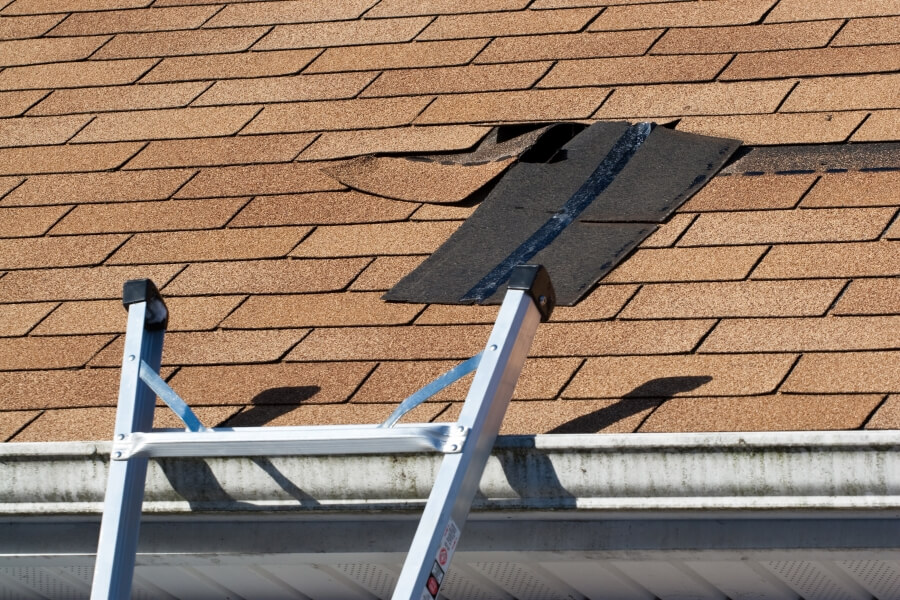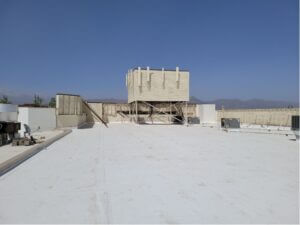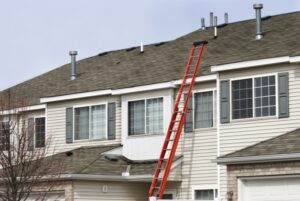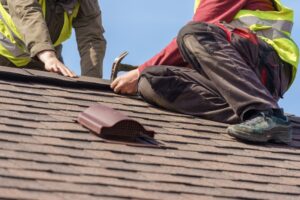5 Signs of Wind Damage on a Roof
Since your roof is one of your home’s first lines of defense against the elements, you should know how to spot signs of roof damage. Even though numerous roofing materials are wind resistant, your roof can still sustain damage from extreme winds. Here are five signs that your roof may have wind damage:
- Missing shingles or tiles: After a windstorm, you may notice that your roof is missing patches of shingles or tiles. In most cases, you are likely to find these pieces of debris in your yard or around the house. This is one of the easiest ways to tell if your roof has wind damage. If you do notice missing pieces, call a professional. Missing areas of shingles or missing tiles leave your home exposed and susceptible to water damage.
- Granule loss: If you have an asphalt shingle roof, it is important to keep an eye out for granule loss after a storm. If you notice loose granules on the ground surrounding your home, your shingles have been compromised. Another place to look for obvious signs of granule loss will be in the gutters. Also, look at the color of your shingles. Shingles that are missing granules will appear darker or will have dark patches. This is the exposed asphalt showing through. If you do notice signs of excess granule loss, it’s best to call a professional for an inspection. Granule loss causes rapid deterioration through excessive sunlight exposure in asphalt shingles.
- Roof leaks: After a storm, check your home for signs of roof leaks. If you notice water coming into your home, dark spots, or blistering along the ceiling, it’s important to call a roofing expert in to stop the leaks immediately. You can also check your attic for signs of leaks. In your attic, you might notice water dripping or areas where sunlight is shining through.
- Curling shingles: Another common sign of wind damage, curling shingles can be difficult to spot from the ground. Curled or lifted shingles create vulnerable areas where water can seep through. Curling shingles can lead to roof leaks if left unchecked.
- Damaged gutters or metal flashings: During a windstorm, your gutters can be torn away from your home. You might notice wind damage in the form of loose, bent, or sagging gutters. In some cases, you may even notice that parts of your gutters are missing. Metal roof flashings can also sustain wind damage. Look for signs of tearing or buckling, especially around roof penetrations, around the chimney, and near the corners of your home. It’s important to have any gutter or metal flashing damage repaired immediately as these areas of damage can leave your roof open and exposed to potential leaks.
As a homeowner, it’s important to be aware of what to look for if you suspect storm damage. Even if it does not hail during a storm, your roof can still sustain damage from high winds. After a windstorm, it’s important to look for missing or curled shingles, granule loss, roof leaks, and damage to your gutters and metal flashings. If you discover any of these signs of damage, be sure to call a professional roofer as soon as possible to prevent further complications and expenses.
Call our office at (719) 487-7663 for a roofing evaluation today!




